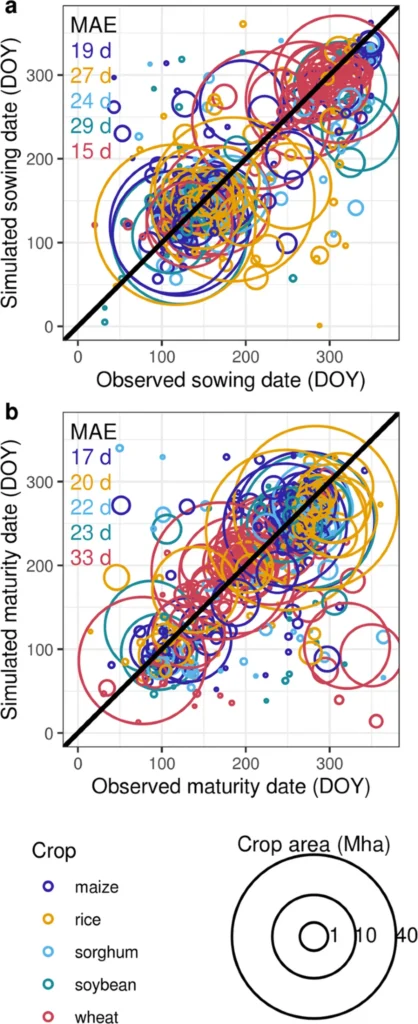In the face of global climate change and water scarcity, farmers and researchers alike are turning to innovative irrigation techniques to boost crop yields while conserving precious resources. One such method, film-mulched drip irrigation (FMDI), has gained traction in arid and semi-arid regions for its water-saving and salt-suppressing capabilities. Now, a comprehensive review published in *Guan’gai paishui xuebao* (translated as *Journal of Glaciology and Hydrology*) sheds light on the latest advances in modeling the complex interactions of water, heat, salt, and crop growth under FMDI, offering promising insights for the agricultural and energy sectors.
Traditionally, designing FMDI systems relied heavily on empirical approaches and engineering intuition, often lacking standardized calculations and crop-water interaction models. However, recent advancements have shifted the paradigm towards standardized, process-based approaches, significantly enhancing the reliability and computational efficiency of these models. “The integration of physical and physiological models has allowed us to optimize the management and design of FMDI systems more effectively,” explains lead author Liu Shuiqing from the Department of Hydraulic and Hydropower Engineering at Tsinghua University.
The review highlights key processes in subsurface FMDI modeling, including soil surface evaporation, root water uptake, and multidimensional soil water transport. These processes are either fully or loosely coupled in model development, with approaches for modeling soil surface evaporation evolving from simple empirical methods to more sophisticated energy-balance and physics-driven multi-zone partitioning models. This shift has markedly improved the representation of soil heterogeneity and microclimate in the emitter zones.
In the root zone, incorporating advanced functions like the Feddes-van Genuchten uptake functions and non-uniform root length density distributions has enhanced the accuracy of root water uptake modeling. “By integrating these advanced functions and algorithms, we can better simulate the complex interactions within the root zone, leading to more precise and efficient irrigation strategies,” Liu adds.
Fully coupled models can simultaneously simulate water, heat, salt, and crop dynamics, as well as their feedback interactions. On the other hand, loosely coupled models offer a balance between computational efficiency and flexibility, making them widely used for optimizing regional irrigation scheduling and assessing water productivity. “These models provide valuable tools for farmers and agricultural engineers to make informed decisions, ultimately improving crop yields and resource management,” Liu notes.
The review underscores the progression of FMDI modeling from single-process approaches to multi-physics, multi-scale frameworks. Future research should focus on representing microscale heterogeneity, integrating multi-source observational data, and developing lightweight modeling technologies for digital and precision management of FMDI. These advancements could pave the way for more sustainable agriculture in arid regions, benefiting not only farmers but also the broader energy sector by reducing the water footprint of agricultural activities.
As the global demand for food and water continues to rise, the insights from this review could shape the future of irrigation technologies, offering a beacon of hope for sustainable agriculture in the face of climate change. The research published in *Guan’gai paishui xuebao* serves as a testament to the power of interdisciplinary collaboration and innovation in addressing some of the most pressing challenges of our time.

